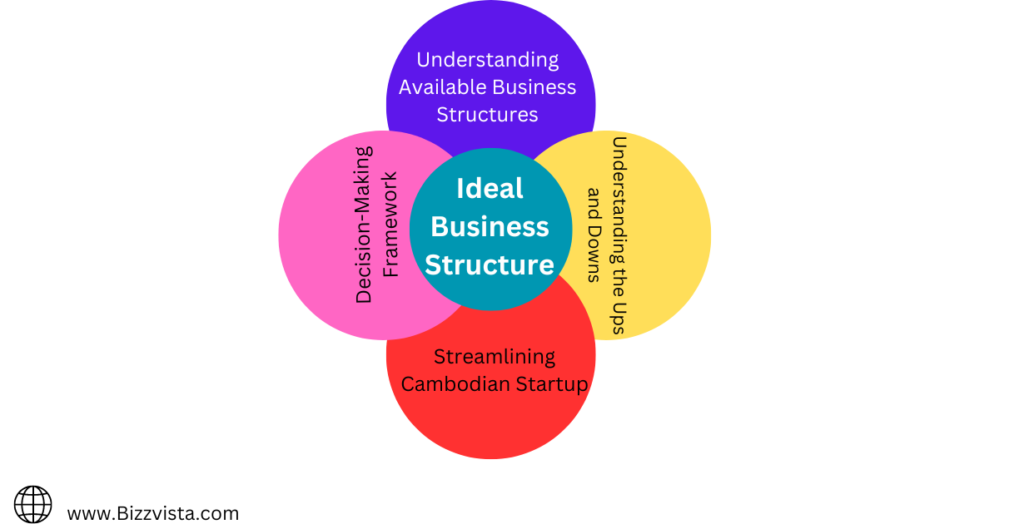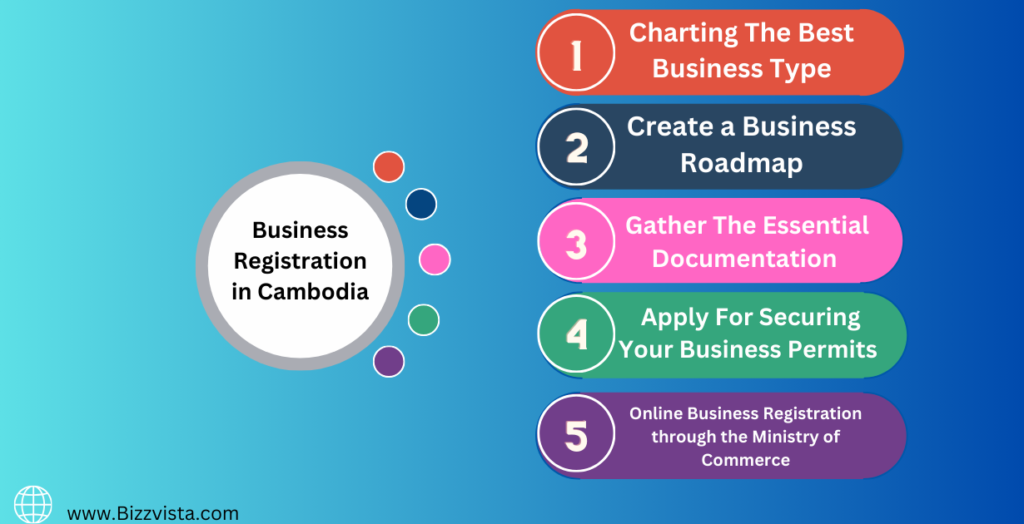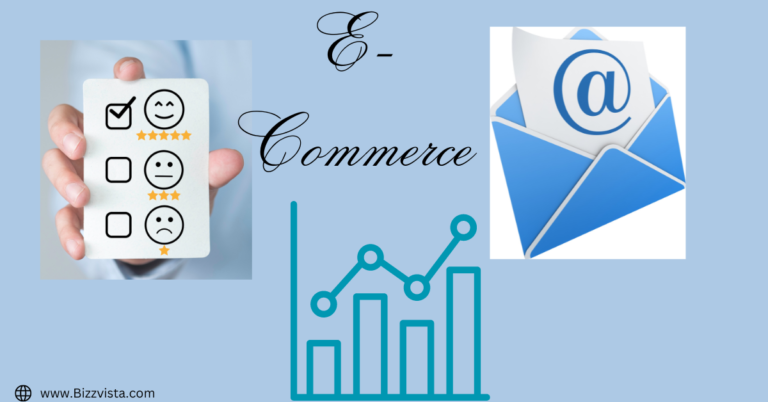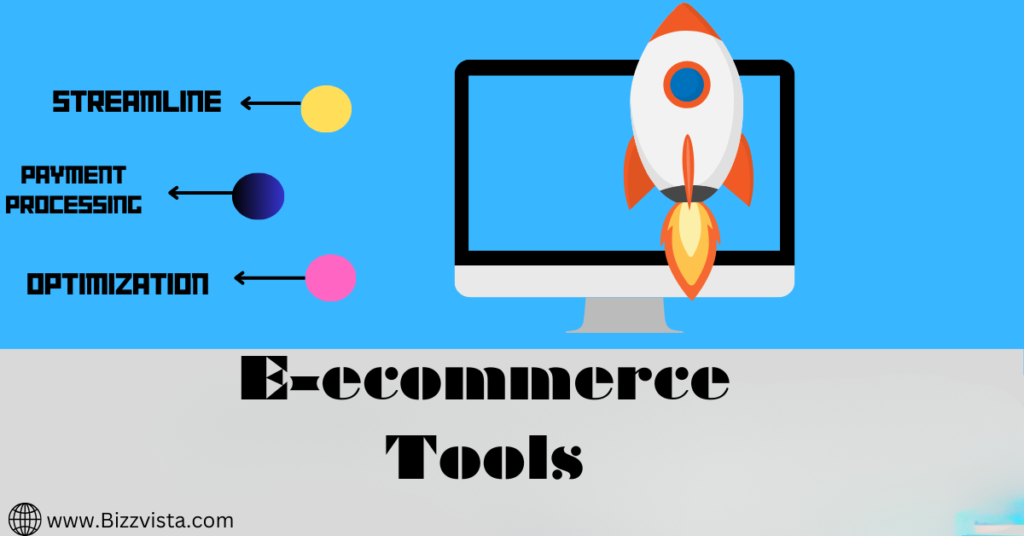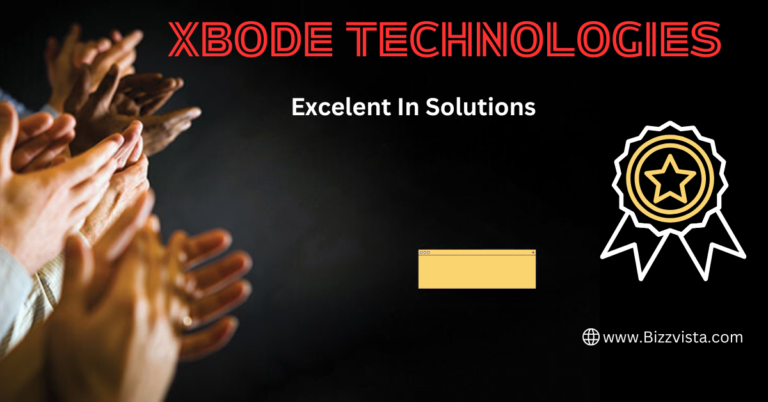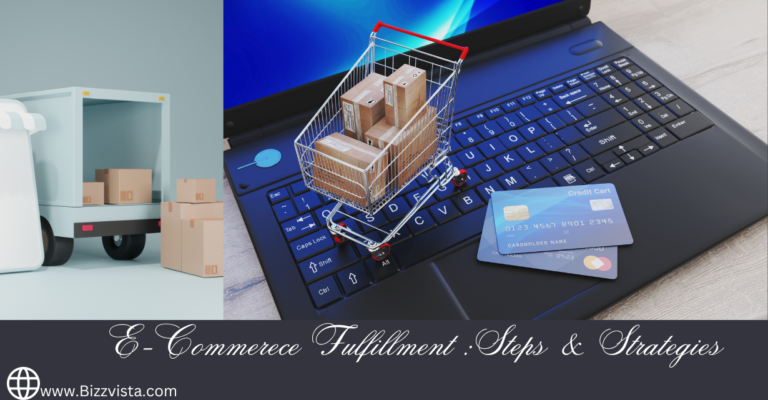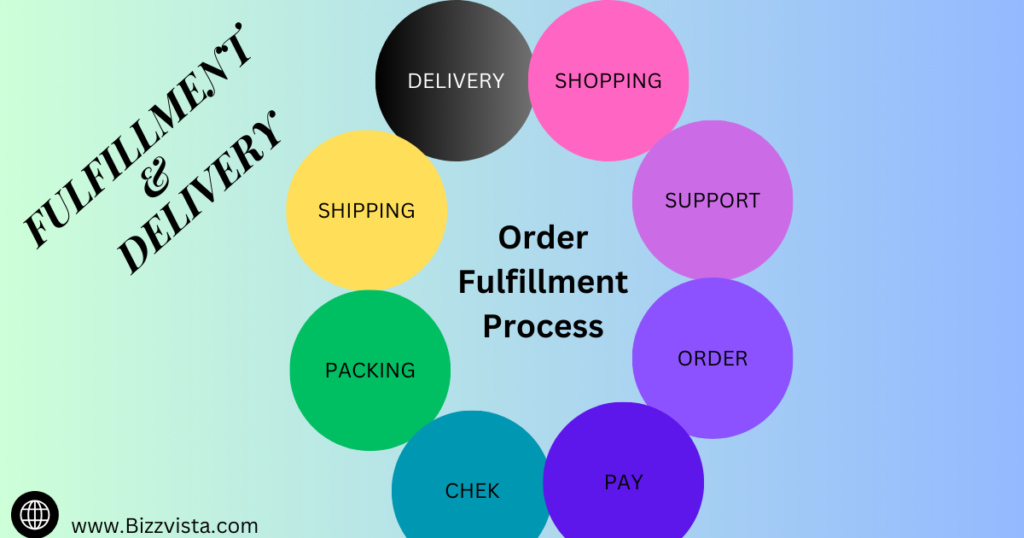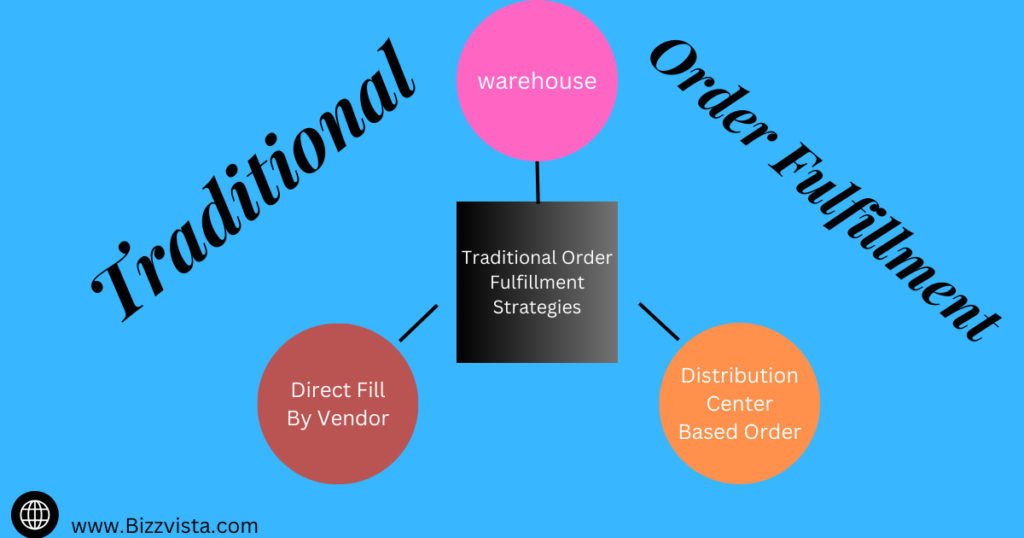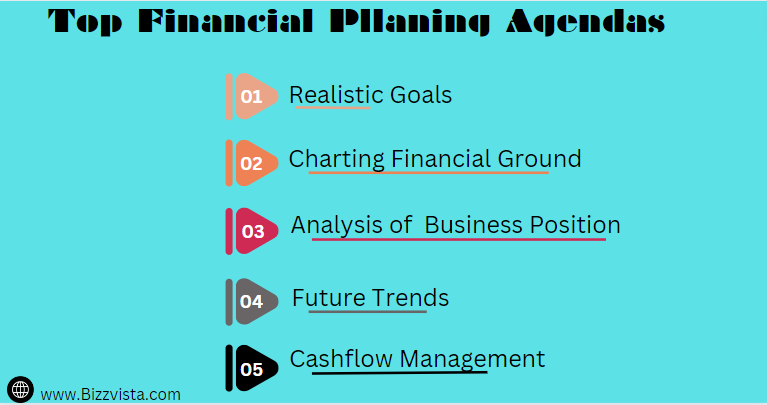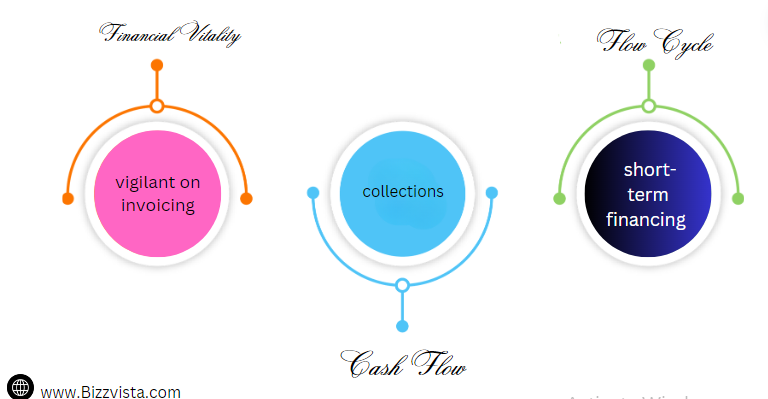While marketing is always evolving in terms of responding to changing customer needs and technological advances,personalization has become a crucial approach for companies that are aiming to develop deeper and more meaningful customer relationships.In only four years’ time, the worldwide money flow of customer experience personalization and optimisation software is forecast to break the 9 billion US dollar barrier, confirming the ever-growing importance of personalization-at-Scale in modern-day marketing.
On the one hand, although personalization is not a new idea, the fact that many companies struggle to scale their efforts up to the desired level is a problem. The actual challenge here is not to just personalise the business interactions but to scale them up through all the channels.When properly executed, personalised marketing, a very powerful tool, can drastically improve customer engagement, boost revenue, and increase ROI.
Understanding Personalization at Scale

The concept of personalization at scale relies on gathering and utilizing extensive datasets of individual users to deliver highly relevant and tailored customer experiences that cater to each user’s specific needs, behaviors, and preferences. Employing this strategy enables industries to transcend borders and be utilized across all sectors.
For instance, streaming giants such as Netflix or Spotify are able to use personalization at scale, analyse a user’s watching history, get insight into their preferences, and then recommend new content. In the health and wellness industry, practitioners use data from wearable gadgets to create personalized recommendations for dietary and exercise programs.
In the realm of ecommerce personalization, personalization-at-scale encompasses channels, on-site interactions, and within apps to generate experiences for anonymous, first-time, and existing customers.It comprises personalized messages, content, site layout, and products, among other things, all of which are based on real-time, first-party data. This is what leads to the derived customer journeys, which are the ones that enable consumers to go from awareness to product discovery and finally to regular purchases.
The Imperative of Scaling Your Personalization Strategy

The point that personalization strategies are crucial to scale should not be ignored. It is not only a nice-to-have but is also an integral part of modern marketing. Here’s why:
Meeting and Exceeding Customer Expectations
Nowadays, the era of digital technologies has reduced to a simple “Hi, [First Name]” greeting that does not satisfy the customers. Customers now become upset if they cannot find what they want, and personalized services rank among the top features desired by all age groups in e-commerce.
The world today has an overabundance of information in addition to a lifestyle that requires instant gratification. Hence, consumers are searching for the message that is not only timely but also part of their experience with the brand. While a person’s personalisation, ort scale, can be created to meet the expectations and needs of the customer, it can also be used to anticipate the customer’s needs. The result is a higher level of customer engagement and satisfaction, which, in turn, bring about voluminous gains to your business.
Enhancing Retention and Loyalty
Through individualized delivery, customers are given a sense of being heard, appreciated, and valued. This results in higher engagement, which in turn generates loyalty and ultimately leads to strong customer retention.
In addition, personalization will act as a means for refining the customer experience and brand loyalty, but it can also cause word-of-mouth to be more positive. As an example, very happy consumers will even need to share their positive experience with your brand as a result of your effective personalised strategy. This can be an efficient tool for building your brand reputation, getting more visible, and, in the end, attracting more clients.
Boosting Revenue

Customers are more likely to take action when a product or service is tailored to their needs. This may lead to higher conversion rates as a result of personalized experiences. This is the biggest factor that will affect your revenue targets.
Through more efficient customer engagement, nurturing buyers on a journey to purchase, and converting more leads into sales, businesses will see an increase in their revenue due to the scaling of personalization.
Implementing Personalization at Scale: A Guide for Marketers
Despite changing consumer behaviors, evolving privacy laws, and shifting targeting constraints, you can achieve personalized marketing with the right tools, technologies, and strategies.
Unifying Customer Data
The first step towards effective personalization at scale involves unifying customer data sources in real time. Many organizations try to get by with disconnected point solutions, but this leads to a lack of necessary data when they need it most, making it incredibly challenging to scale strategy and personalization.
A single customer view is a database with comprehensive customer profiles (showing purchase history, site activity, product recommendations, and other customer interactions) for every individual that has interacted with your business. This provides a complete view of your customers, enabling you to create more targeted audience segments. Without a single customer view, truly personalized experiences are virtually impossible.
Furthermore, it is vital that you regularly refresh your customer data and improve it to ensure that your personalization efforts are successful. Doing this helps you to keep abreast of ever-changing consumer preferences and behaviors thus your personalized communications are always relevant and effective.
Leveraging Advanced Technology

As the amount of the client’s data continues to grow, it becomes more and more difficult to process and analyse it without the aid of automation. This is where the complex technology of AI and ML becomes practical.
AI and ML algorithms are capable of doing data processing and analysing massive amounts of data in less time and more accurately than humans can. Cognitive computing can identify these hidden patterns or trends that are not apparent at a glance, which will help you provide a more accurate and precise personalized experience.
However, they may come around to greet you with personalized messages that will help you save time and resources on the other side of the equation. This way, you will have time left for the more critical areas of your business.
Adopting a Customer-Centric Approach
Moreover, they can also be used for sending one-to-one messages that will be not only time-saving but also money-saving too, and consequently, the funds saved can be used for the growth of your business.
In addition, the scale of personalization does not only focus on the smart software or the huge amount of data. It’s about what you bring to the table, what they want, and then delivering an experience that not only meets but beats their expectations.
An effective strategy driven by customers involves consistently considering your customers in all decisions and actions. By familiarizing yourself with your customers and prioritizing their needs in marketing, you can create personalized experiences that not only function effectively but also contribute to achieving your desired outcomes.
Conclusion
Personalizing at scale is a marketing strategy that utilises information and technology to give consumers a customised experience. This method allows enhanced customer satisfaction, exports, and revenues. To come into effect, marketers require one holistic data asset, advanced technology like AI and ML, and a customer-centric culture among the workforce.
FAQs
audiences with such few resources?
It is a method that implies giving personalized customer experiences that are well matched to each of the audience’s needs and tastes individually.
Why is personalization at scale important?
It actively grows customer engagement among the users, revenue, ROI, customer retention, and loyalty.
How can businesses implement personalization at scale?
Through the process of data unification, machine learning, and artificial intelligence usage in data analysis, and finally by applying one of the most vital customer-centric approaches.
What challenges exist in implementing personalization at scale?
Among the caveats are those of huge customer data management, violation of security standards and complying with privacy laws.Which industries can benefit from personalization at scale?
All industries can benefit, including streaming services and the health and wellness industry.









